Reports
The Amad Plan Pilot Uranium Conversion Site, Which Iran Denies Ever Existed
by David Albright, Sarah Burkhard, and Frank Pabian
November 9, 2020
Modified November 10, 2020
Based on information in the Nuclear Archive, the International Atomic Energy Agency (IAEA) visited an Iranian site in the late summer, concerned that the site had possessed undeclared nuclear material, in particular uranium, a violation of Iran’s safeguards agreement. The site was involved in pilot-scale uranium conversion under the Amad Plan in the early 2000s and was dismantled in 2004. In the archive, the site is called the “Tehran site,” despite being located near the village of Mobarakiyeh, about 75 kilometers southeast of Tehran. After resisting for months, Iran finally allowed the IAEA visit, and the inspectors took environmental samples. The inspectors are expected to report on their initial findings soon. This report provides background information on this pilot uranium conversion site.
Figure 1 is a high-resolution commercial satellite image of the site taken on September 29, 2003. A close up of the main building and several support buildings can be seen in Figure 2.
Figure 1. A 2003 overview image of the undeclared pilot uranium conversion facility, the “Tehran Site.”
Figure 2. A close-up of the main process building and support buildings as they appeared in 2003.
According to the June 20, 2020, IAEA report, the location involved the “possible use or storage of nuclear material and/or conducting nuclear-related activities, including research and development activities related to the nuclear fuel cycle.”1 It added: “This location may have been used for the processing and conversion of uranium ore, including fluorination in 2003.” The IAEA reports that “this location also underwent significant changes in 2004, including the demolition of most buildings,” effectively razing that site.
Fluorination of uranium usually refers to the production of uranium hexafluoride, a critical gas needed to feed into gas centrifuges.2 Moreover, Bloomberg reported that the IAEA found uranium hexafluoride, or more likely its reaction products, in a sample at the Turquz Abad site in Tehran that could suggest undeclared uranium hexafluoride production at this site.3
Figure 3 shows a ground image from the Nuclear Archive of the pilot uranium conversion site, taken from a relatively large July 2003 Iranian document showing part of a waste treatment system at the site. The large document covers many issues, including a discussion of the design and implementation of disposal operations of 140 cubic meters of treated waste per hour by the evaporation method. The image in Figure 3 is from Figure 22-5 in this document, where the reddish-brown T-shaped object in the foreground is part of such a waste disposal system at the pilot uranium conversion plant. The inset black and white photo in this figure, with its distinctive hexagonal window, matches the window in a support building in the image in Figure 3, a building that still exists at the site. This inset photo is from another archive document, also dated July 2003, showing buildings at the pilot uranium conversion site.
Figure 4 provides a correlation between a building in a commercial satellite image of the site and the support building in Figure 3, revealing common attributes between the satellite image and a ground image of the pilot uranium conversion plant.
Figure 5 shows the same reddish-brown T-shaped object, obtained from the same large document discussed above, but taken from a different angle and slightly different position, revealing other buildings at the site, including a portion of the main process building as well as the unique Quonset building in the background that is still present onsite. Figure 6 shows this view correlated with a commercial satellite image of the site.
Figure 3. A ground image from the Nuclear Archive, showing a support building in the background and a reddish-brown T-shaped object in the foreground that is part of a waste treatment system at the pilot uranium conversion site. The hexagonal window opening in the support building can be seen in the inset photo, which is an image of the same building during its earlier construction.
Figure 4. Commercial satellite image of the site, showing the view seen in the ground image in Figure 3, making a correlation between an archive black and white image of a support building with a building in the satellite image, marked “support building,” which still exists today.
Figure 5. Another image from a figure in the document discussed in the text concerning waste disposal. Visible is the same reddish-brown T-shaped object as in Figure 3 but viewed from a different angle, showing other parts of the site. Visible in the background is a Quonset building, still standing today. The roof of the main building of the site (the main process building), since razed, is in the background on the image’s right side.
Figure 6. Commercial satellite image of the site, correlating the view as seen in the ground image in Figure 5, that shows the roof of the main process building and a Quonset building in the background.
Dismantlement
Additional information about the site can be gleaned from an accompanying footnote in the June 2020 IAEA safeguards report, referencing a 2003 IAEA report.4 It is apparent that the IAEA is questioning Iran’s 2003 declaration that it never had a pilot uranium tetrafluoride or uranium hexafluoride production plant. It thus is significant that Iran demolished buildings at the site in 2004 after being asked by the IAEA about having a pilot uranium hexafluoride plant in 2003. Although the IAEA did not know of this site until the seizure of the Nuclear Archive, and Iran continues to deny such a site ever existed, the Agency suspected correctly, at least initially, that such a site probably did exist.
Figure 7 shows an image from April 3, 2004, after dismantlement of the main building had commenced. A 2010 image (see Figure 8) shows that the main building and several support structures, such as the one shown in Figures 3 and 5 in the foreground had been removed. Figure 9 is a recent image, showing where new buildings were constructed, including several animal pens and sheds, suggesting a conversion of the site into a livestock-raising farm in 2016.
Figure 7. An image from April 2004 showing the dismantlement of the main building, consistent with IAEA reporting of building demolition having occurred in 2004.
Figure 8. By 2010, the main building and several support structures or equipment were removed. Two of the original support structures remain.
Figure 9. The site now appears to serve as a livestock-raising farm.
What was this site and why did Iran dismantle it?
Plan Amad had many codewords for its uranium fuel cycle projects, intended to produce weapon-grade uranium for nuclear weapons, starting with natural uranium. Project 5 included uranium mining, extraction, and chemical conversion, resulting in uranium hexafluoride for use in a gas centrifuge project, slated to be built by Project 4, the secret Amad Plan project for uranium enrichment. Project 4’s priority was a secret gas centrifuge enrichment plant, called the Al Ghadir Project, now named the Fordow enrichment plant. The Tehran site was part of Project 5.
Project 5 was responsible for producing uranium hexafluoride in a chain of conversion activities, involving first uranium dioxide (UO2) and then uranium tetrafluoride (UF4, or “green salt”) and reactants hydrogen fluoride (HF) and fluorine gas (F2), leading finally to uranium hexafluoride. This pilot plant appears to have been involved in the development of the production methods of uranium oxide, uranium tetrafluoride, and uranium hexafluoride.
Because of Iran’s refusal to cooperate with the IAEA, the Amad Plan’s work on uranium conversion is less understood than the much larger, and IAEA safeguarded, Atomic Energy Organization of Iran (AEOI) conversion activities centered at the Esfahan complex.
Production-Scale Plant
The archive contains another set of documents planning for the construction of a larger uranium conversion site called the “New Tehran plant,” a plant intended as a follow-on uranium hexafluoride production plant under the Amad Plan.5 According to senior Israeli intelligence officials with deep knowledge of the archive, the site was never built. Moreover, they could not determine its intended annual capacity, although they assessed it was being designed to make significant amounts of uranium hexafluoride. Despite being labelled the new Tehran Plant in the documents, they assessed the site would have been built outside Tehran, like the pilot plant.
The archive contains a letter and a series of three designs of increasing detail, dated in May 2003, which describe a scaled-up version of the secret pilot plant to make uranium hexafluoride and fluorine gas, and handle HF, another precursor in the production of uranium hexafluoride.6 The fluorine gas would have likely been used in the fluorination of uranium tetrafluoride. It is often produced on-site because of its toxicity and difficulty to transport. Further, the purchasing of large amounts of fluorine gas may have raised suspicion. The pilot plant on the other hand may have used commercially available fluorine gas due to smaller amounts needed.
Figure 10 compares the size of the Tehran pilot uranium conversion plant to the planned, scaled-up, New Tehran uranium conversion plant. The scaled-up version includes a wing assessed to be for fluorine production in the top right corner of the design, which may have not been part of the pilot plant. In general, the dimensional differences are significant. The drawings show a planned building of about 100 meters by over 23 meters versus the main pilot plant building having measurements of about 36 meters by 16 meters (with an 8 meter annex along the north side).
Figure 10. A comparison between the pilot uranium conversion plant (“Tehran Plant”) and the plan for the scaled-up uranium conversion plant (“New Tehran Plant”). One notable point of comparison is the placement of the raw materials storage, the chemical “Tanks”, which are in the upper left corner in both layouts. The inset diagram can be seen in Figure 6, “New Information about Iran’s Production of
Uranium Hexafluoride under the Amad Plan,” https://isis-online.org/isis-reports/detail/irans-
production-of-uranium-hexafluoride-under-the-amad-plan/8
1. IAEA, NPT Safeguards Agreement with the Islamic Republic of Iran, GOV/2020/30, June 5, 2020. ↩
2. See for example, https://www.nrc.gov/docs/ML1204/ML12045A005.pdf ↩
3. Jonathan Tirone, “Iran Atomic Inspections Continued at a Record Pace Last Year,” Bloomberg, May 5, 2020, https://www.bloomberg.com/news/articles/2020-05-05/iran-nuclear-inspections-continued-at-a-record-pace-lastyear Uranium hexafluoride is highly reactive when exposed to the water in the atmosphere, making it unlikely that uranium hexafluoride would have been detected at Turquz Abad, but the reaction products are reliable indicators of uranium hexafluoride. ↩
4. GOV/2003/75, Section C.1, referenced in paragraph 8 of the June 5, 2020 report, GOV/2020/30. ↩
5. David Albright and Sarah Burkhard, “New Information about Iran’s Production of Uranium Hexafluoride under the Amad Plan,” Institute for Science and International Security, April 2, 2020, https://isis-online.org/isis-reports/detail/irans-production-of-uranium-hexafluoride-under-the-amad-plan ↩
6. “New Information about Iran’s Production of Uranium Hexafluoride under the Amad Plan.” ↩

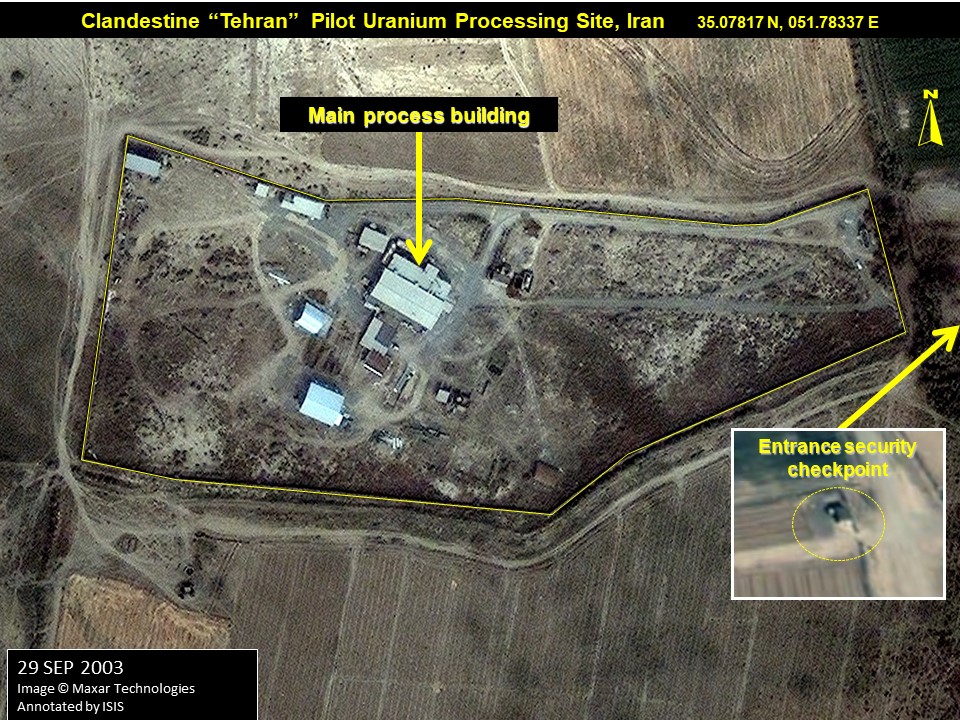
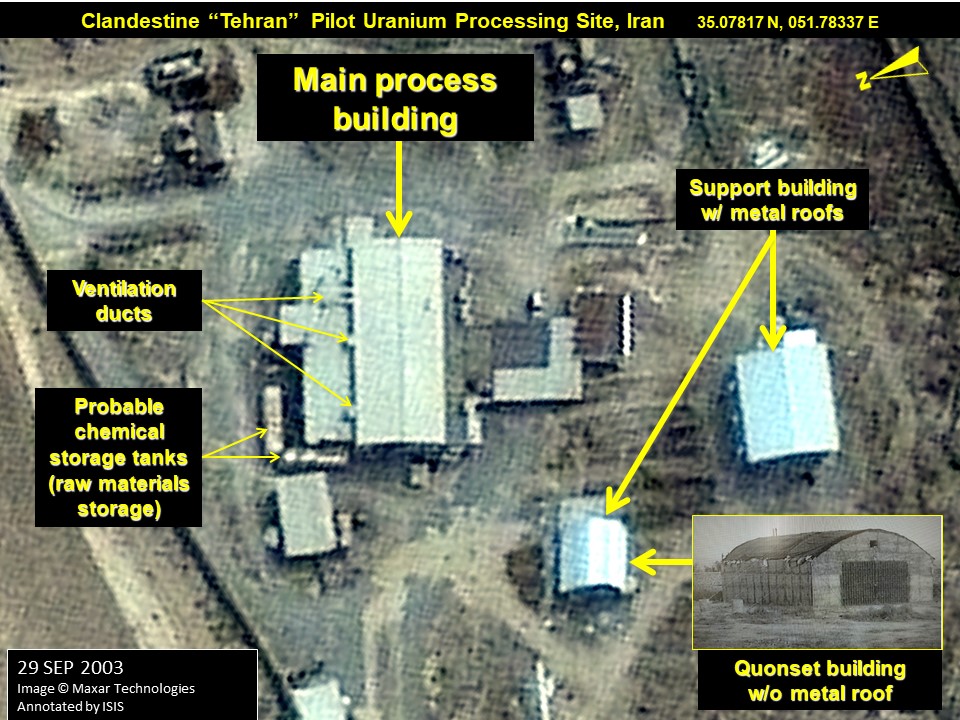
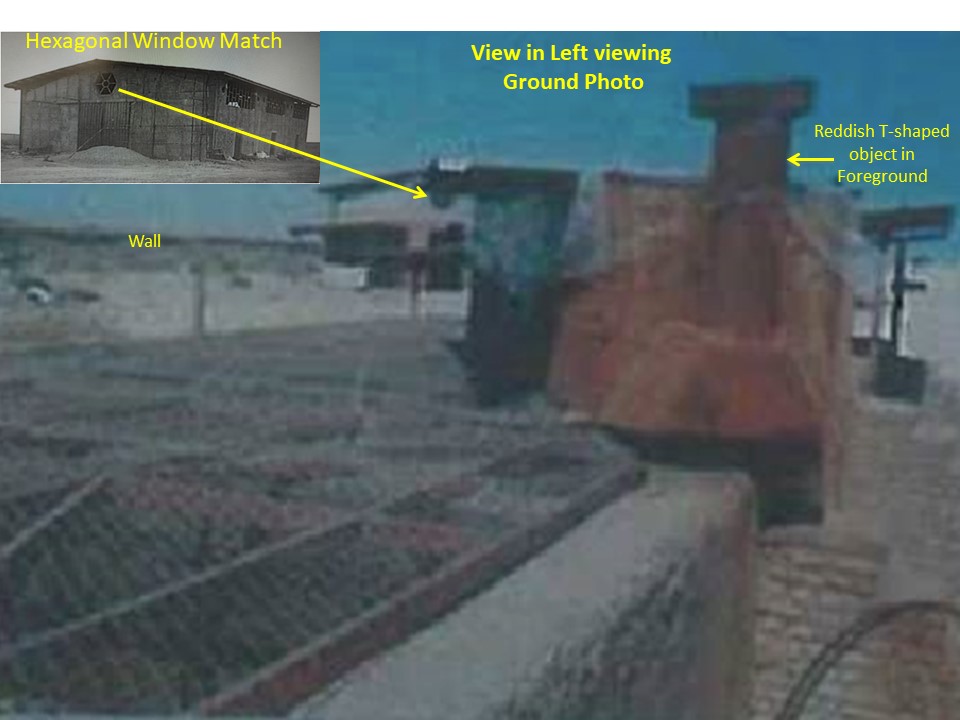
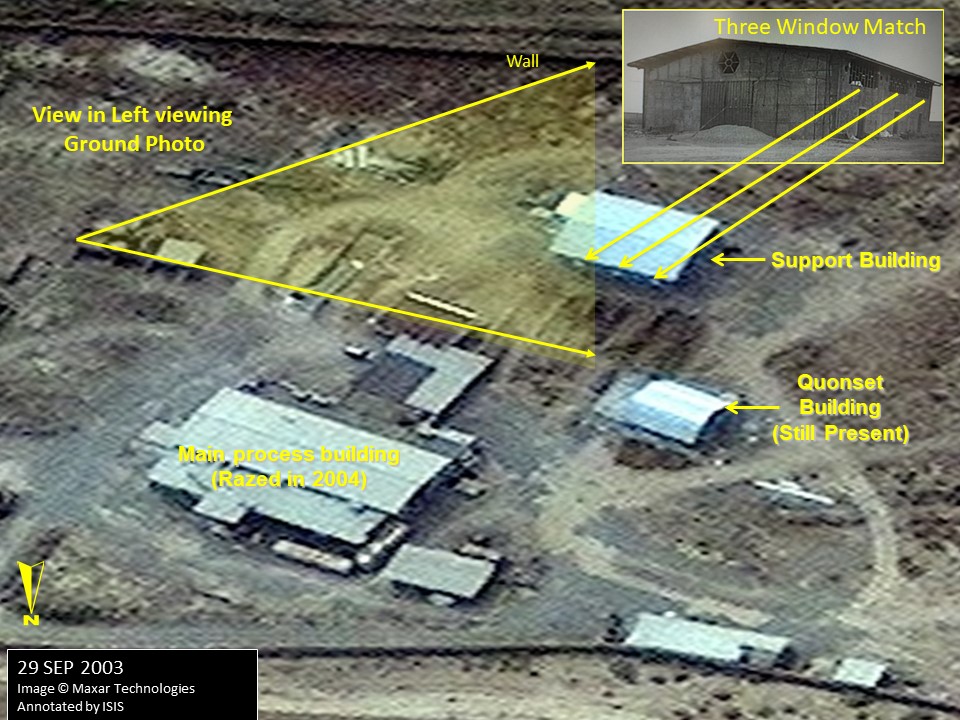


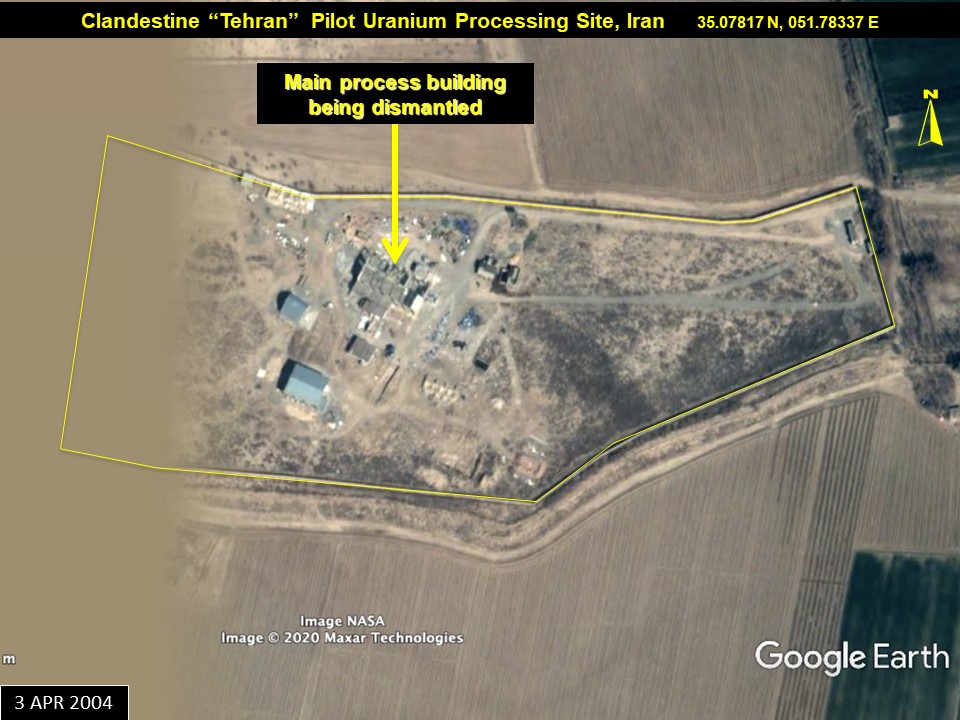
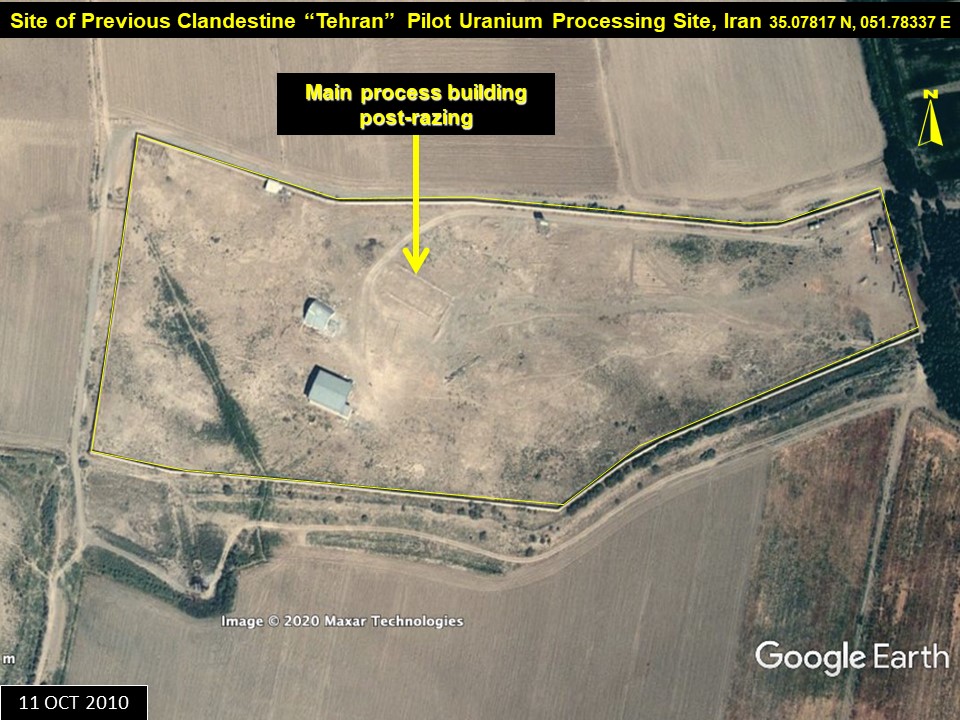

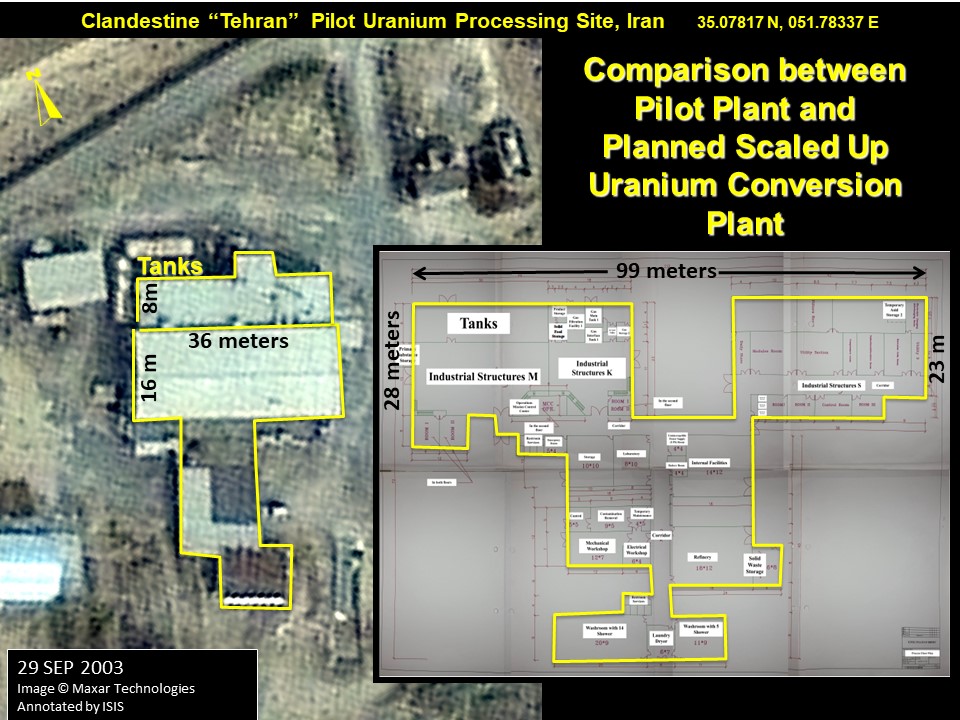
 twitter
twitter